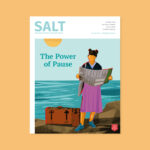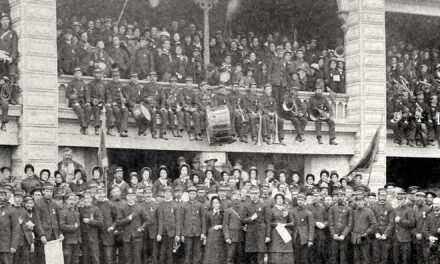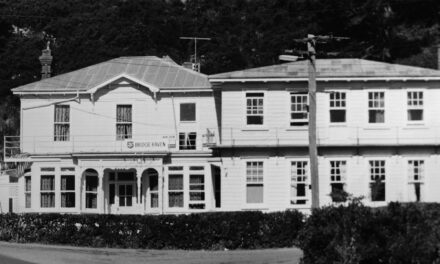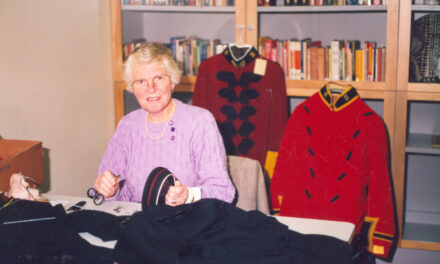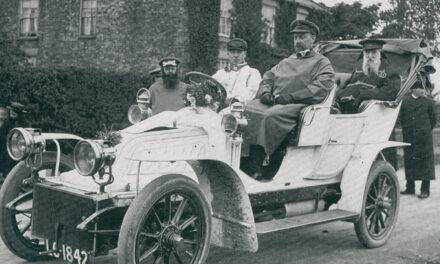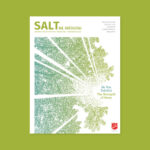
Timbrel of Joy
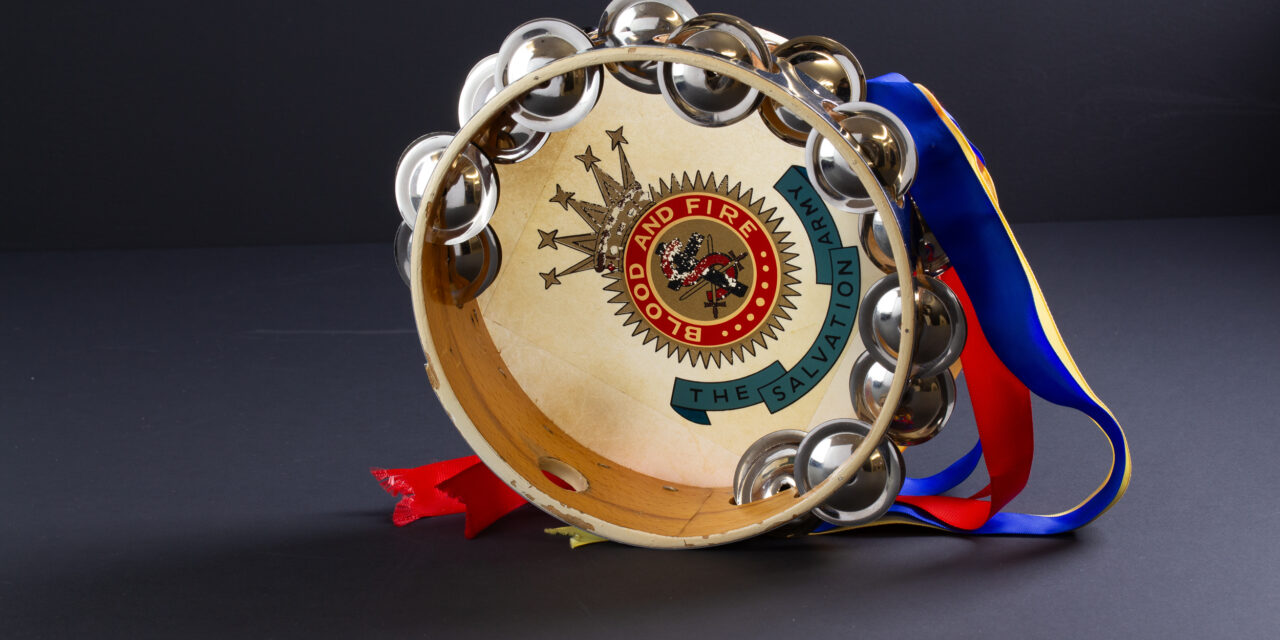
The timbrel is an iconic musical instrument within The Salvation Army. In this three-part series, Selwyn Bracegirdle shares with us the history and his family’s personal experience with the timbrel.
‘Then Miriam the prophet, Aaron’s sister, took a timbrel in her hand, and all the women followed her, with timbrels and dancing. Miriam sang to them: “Sing to the LORD, for he is highly exalted. Both horse and driver he has hurled into the sea”’ (Exodus 15:20–21).
In the English War Cry of 17 February 1881, co-founder of The Salvation Army William Booth published an article titled: ‘Miriam. A Forerunner of the Prophetesses of The Salvation Army.’ He writes:
There were Prophetesses in those days. God called Miriam to this honour and endued her with His Spirit, and Moses recognised that call and gave her the opportunity for its exercise, which is more than we can say for every Moses of our acquaintance who has the privilege of having a Miriam in his congregation … In those days the Prophetesses led the people in open-air processions … They would let women sell in public [such as War Crys], sing in public, dance in public—anything in public, out door or in, save and except, in a straightforward manner, discharge the Divine mission of a prophetess, and carry the message of mercy from the lips of Jehovah to dying men, or lead the Lord’s elect to battle and victory.
The comparison between the events in the Bible and the use of the tambourine/timbrel in The Salvation Army is explicitly linked. Timbrel bands and timbrellists were often referred to as ‘Miriams’, even into the 1950s. In the New Zealand War Cry of 19 April 1952, Brigadier H. C. Goffin, while commenting on various musical sections, refers to the ‘modern Miriams’ of the Young People’s Timbrel group at Wellington South Corps. He was encouraging them to have happy expressions in the way Miriam herself ‘must have had a very triumphant look upon her face’. The playing of a tambourine or timbrel was an expression of Joy!
When timbrels were first used in The Salvation Army they were referred to as tambourines. Slowly timbrels became the preferred term and groups were called timbrel bands. In 1907, an English publication, The Bandsman and Songster, 16 November 1907, described timbrel bands in this way:
No agency has done more to glorify and modernise the tambourine than The Salvation Army. We will go further and say that until The Army adopted it as part of its musical equipment, and applied it to distinctive use, it had not found its proper sphere. At all events, it had inadequately filled it. The Army has given the timbrel a prominence which surrounds it with an air of peculiar importance. The extent to which Salvationism has served to popularise this quaint little instrument can only be measured by the fame and popularity of The Army itself. For to think of the tambourine is to think of The Army. The two are inseparably associated. We hope it may ever be so.
In the War Cry of 11 October 1884, the first New Zealand advertisement appeared for Tambourines. There were three choices: 7 Inch with 12 pairs of jingles (3 shillings 6 pence); 10 inch with 17 pairs of jingles (5 shillings 6 pence); or 12 inch with 12 pairs of jingles (7 shillings 6 pence). In the 1910s, you could buy 8-, 9- and 10-inch, vellum-covered tambourines. Today from The Salvation Army at https://www.sps-shop.com you can buy an 8-inch, 11-hole tambourine with a hand-finished wooden frame and a genuine natural pig skin attached with brass studs.



